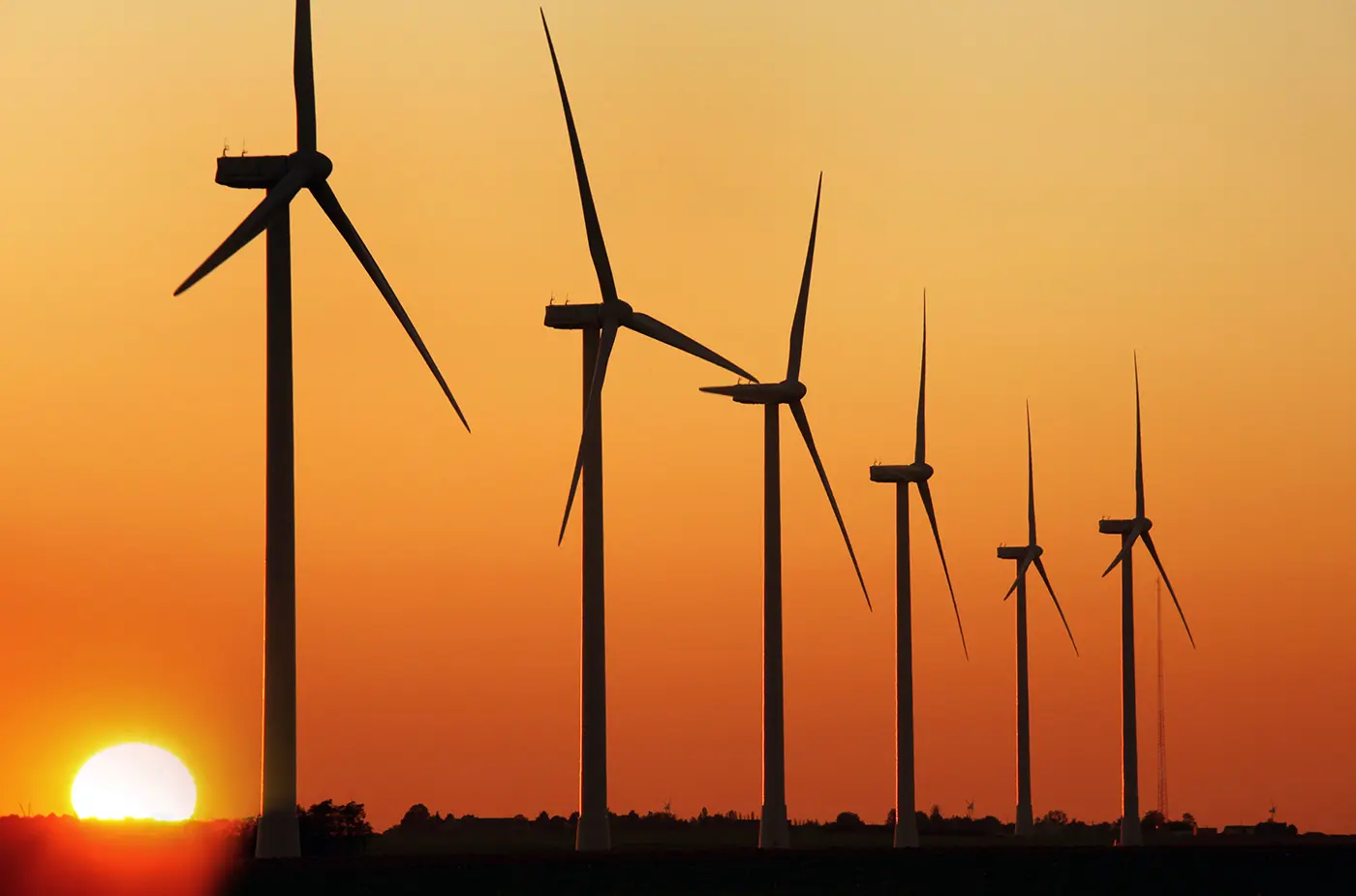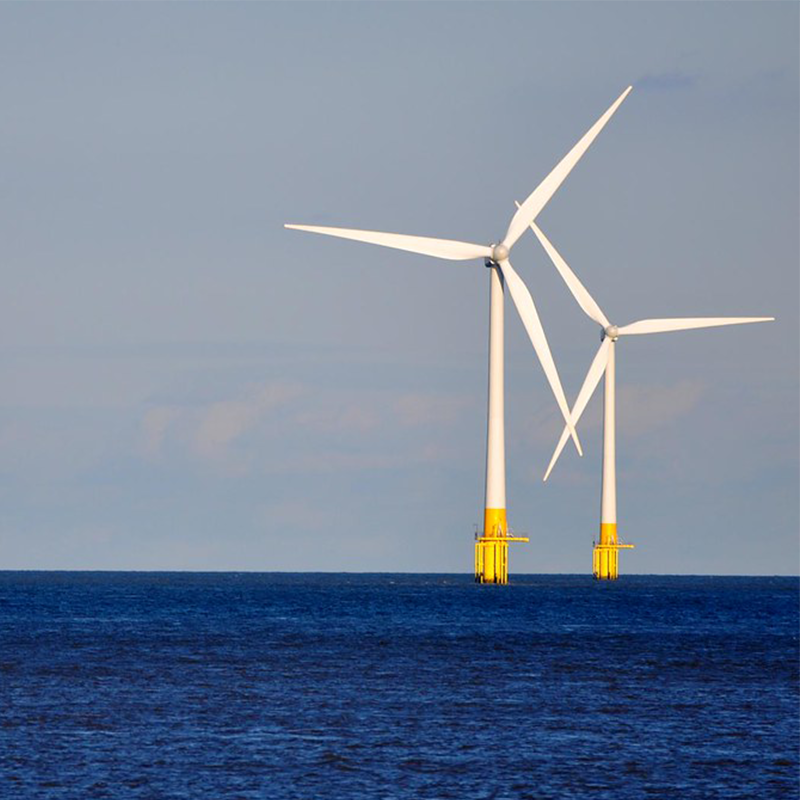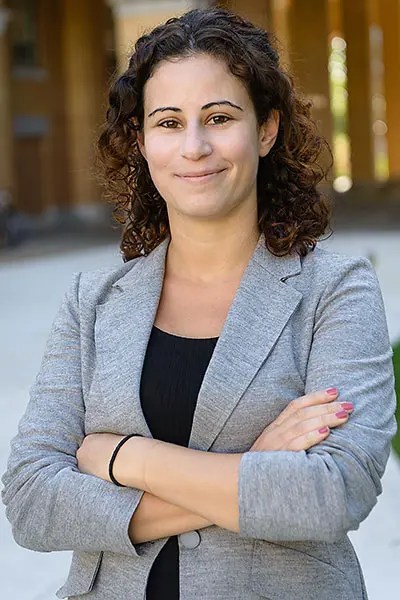
Our researchers focus on projects that advance the materials, performance, manufacturing, reliability, testing, modeling, system integration and monitoring of wind turbines. The Center for Renewable Energy is working on important research challenges to address the significant expansion of offshore wind energy deployment within the U.S.
UMass Lowell leads WindSTAR, a National Science Foundation (NSF) Industry/University Cooperative Research Center (I/UCRC) which was established in 2014. WindSTAR is one of only 76 I/UCRCs funded by NSF, and the only one devoted to wind energy. Additionally, our researchers have secured significant funding from IACMI, the National Science Foundation (NSF), the Department of Energy (DOE), the Massachusetts Clean Energy Center (MassCEC), the Office of Naval Research (ONR) and industry collaborators to advance a wide range of wind energy projects.


















